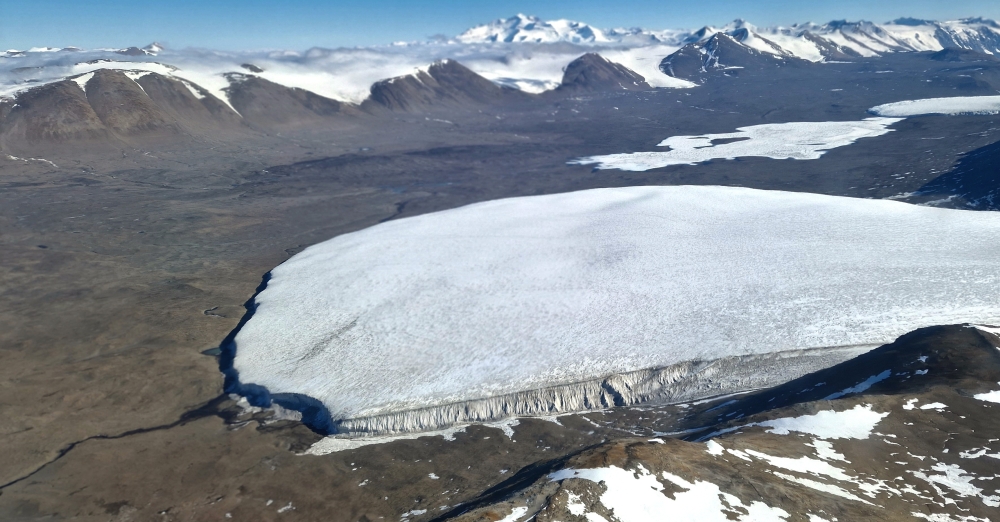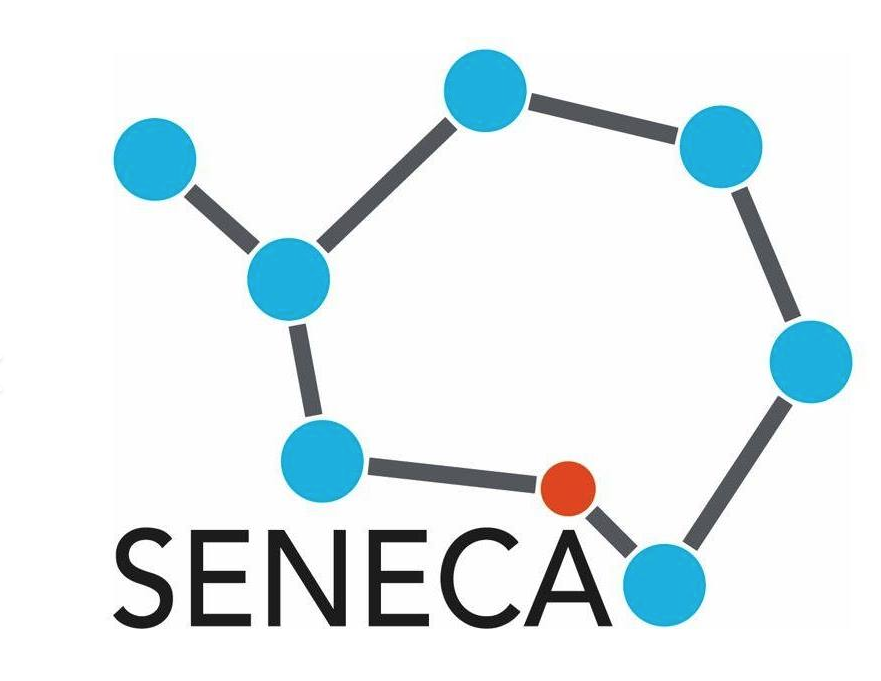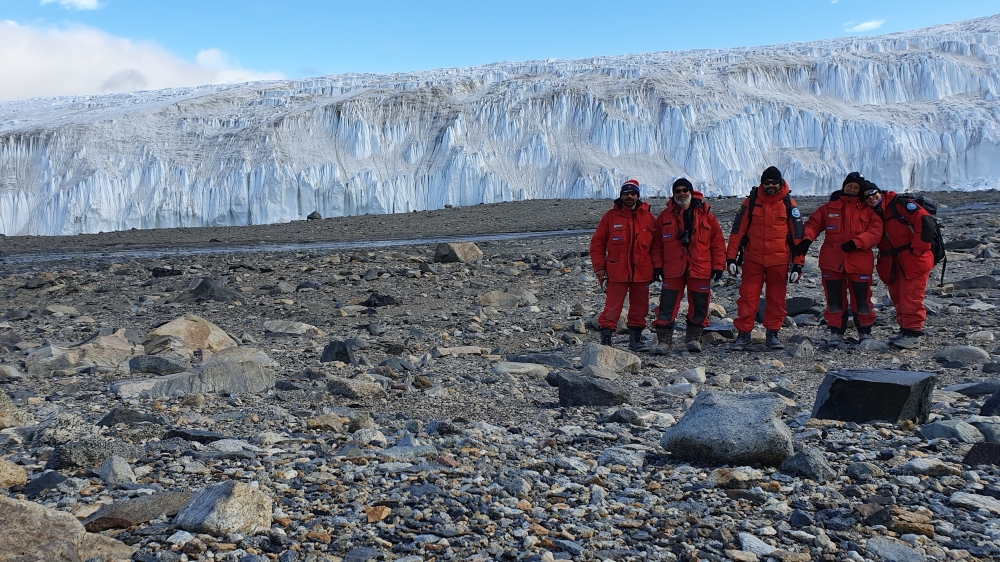In the Dry Valleys, peri-coastal areas of Antarctica, the degradation of permafrost caused by global warming favours degassing phenomena that could extend along the over 24,000 km of coast of the Antarctic continent.
This is what emerged from findings in a research recently published in the article 'Antarctic permafrost degassing in Taylor Valley by extensive soil', conducted within the SENECA-project, funded by the National Antarctic Research Program (PNRA) and coordinated by the Istituto Nazionale di Geofisica e Vulcanologia (INGV).
The research, which constitutes the first extensive geochemical survey conducted in the Antarctic continent, is the result of the international collaboration between INGV, GNS Science and the University of Otago (both New Zealand), the University of Oslo (NO), and the Italian research institutions Sapienza University of Rome, the University of Padua and the Institute of Environmental Geology and Geoengineering (IGAG) of the National Research Council (IGAG-CNR), says Fabio Florindo, INGV.

The McMurdo Dry Valleys – the largest ice-free area of the Antarctic continent
The remote areas of Antarctica, known as the McMurdo Dry Valleys is located in the eastern sector, about 100 kilometres from the American research station of McMurdo and New Zealand's Scott Base.
The valley constitute the largest ice-free area of the Antarctic continent where the very low humidity. The freezing temperatures is between -14 °C and -30 °C and katabatic winds of up to 320 km/h have generated one of the most extreme environments on the planet. Recent studies conducted in the polar regions of the northern hemisphere have revealed that permafrost stability plays an important role in the current carbon cycle, as it can trap considerable amounts of greenhouse gases. Currently, the phenomenon of global warming favours the rapid warming of the Arctic permafrost with the consequent release of significant quantities of greenhouse gases.
However, in the Antarctic regions this phenomenon had not yet been sufficiently studied and evaluated.
The first extensive geochemical campaign in the area
– In Antarctica, the McMurdo Dry Valleys represent about 10% of the deglaciated ground of the entire continent and, as is the case with the northern polar regions, they tend to warm even if more slowly. During the southern summer of 2019 - 2020, the first extensive geochemical campaign was carried out on an area of approximately 22 km2 in the Taylor Valley.
– The investigation allowed the surface measurement of the concentration of a wide range of gases in the soil, including carbon dioxide, methane and hydrogen, and of the CO2 flux in order to identify the preferential routes of ascent for deep fluids and evaluate the mechanisms of migration”, says Livio Ruggiero, researcher at INGV and principal investigator of the SENECA project.
Observed increase of CO2-gas emissions
– Comparing these data with the few previous data available, adds the researcher, an increase in the flow of carbon dioxide was observed, estimated at about 15 tons per day over an area of 21.6 km2. In fact, the CO2 emission calculated during the summer period is about 448.5 tons per month for the entire area.
– Furthermore, the simultaneous presence of multiple gas anomalies in the soil of the McMurdo Dry Valleys has allowed the identification of areas characterised by thawing of the active permafrost layer and where the presence of tectonic structures and/or fractures allows these gases to migrate toward the surface. This preliminary data suggests the presence of high quantities of dissolved gases in the over-pressurized subsurface brine system below the permafrost”, explains Giancarlo Ciotoli, he is a researcher at the CNR-IGAG.
Need of monitoring gas emissions from permafrost
– In the Dry Valleys, the degradation of the permafrost caused by global warming favors degassing phenomena which could not be limited to the Taylor Valley but also extend along the over 24,000 km of coast of the Antarctic continent. The research findings highlighted the need for further extensive surveys to adequately assess greenhouse gas emissions in regions characterised by the presence of permafrost. Finally, this work has produced a map of CO2 emissions which could constitute a starting point for future research aimed at evaluating the origin of these gases and at monitoring the greenhouse gas emissions released by the thawing permafrost, concludes Livio Ruggiero, the principal investigator of the SENECA project.
From University of Oslo, Adriano Mazzini, Researcher at the CEED-centre and Department of Geosciences, participate in the SENECA research project.
This article is slightly modified from a press release first published on the website for the Istituto Nazionale di Geofisica e Vulcanologia (INGV), Italy.

The reference to the scientific article
L. Ruggiero, A. Sciarra, A. Mazzini, F. Florindo, G. Wilson, M.C. Tartarello, C. Mazzoli, J.T.H. Anderson, V. Romano, R. Worthington, S. Bigi, R. Sassi, G. Ciotoli, Antarctic permafrost degassing in Taylor Valley by extensive soil gas investigation, Science of The Total Environment, Volume 866, ISSN 0048-9697, https://doi.org/10.1016/j.scitotenv.2022.161345.

About the research
A short introduction to the research project: The SENECA – SourcE and impact of greeNhousE gases in AntarctiCA
To learn more about the project and the ongoing field activities, search their website and Facebook page.
